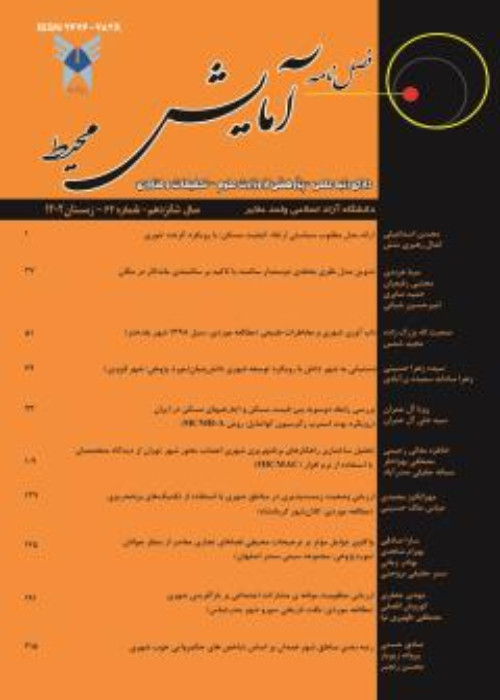The Influence of Urban Identity on Historical Pathways with a Pedestrian-Oriented Approach (A Case Study of Atabakan Alley)
Understanding the identity, the quality of urban areas and sense of belonging to an environment, are all achieved through walking in the environment. Therefore, identity admission creates the urban identity and improves the identity of inhabitants through making a common point among different groups and generations. Historical context in cities is one of the elements related to identity which requires intervention and adjustment based on the environmental and human conditions. As a result, pedestrian orientation can be considered as an intervention procedure in citied to improve place identity. Therefore, the present study includes field studies and descriptive method based on the existing patterns and evidences and investigates the effect of urban identity on historical pathways, with a pedestrian-oriented approach in Atabakan alley, Shiraz, Iran. A questionnaire was prepared and then was completed by 147 citizens. Cronbach’s alpha for the reliability test was estimated to be 92.9% and the SPSS software was used to statistically analyze the data. In the analytical part, Pearson correlation coefficient test, simple linear regression, Variance analysis and factor analysis were used. According to the obtained data, Pearson correlation coefficient was 0.776 and the P-value was below 0.05, i.e. there was a significant relationship between the criteria of urban identity and pedestrian orientation expansion. Based on the analysis of variance, with P-value of 0.000, it was found that three variables of pedestrian orientation, urban identity and historical context have significant relationship with each other and according to simple linear regression test, the pedestrian orientation criteria, has the largest effect (38.7%), and then comes the other criteria of convenience, flexibility, and relation, respectively having 8.2%, 3.1%, and 2.6% influence on urban identity variable in historical context. It can be inferred that in the factor analysis test with a P-value of 0.000 there was a significant mutual effect between the three variables of urban identity, pedestrian orientation and the passengers’ willingness. According to variance analysis, the passengers’ willingness was more effective than pedestrian orientation.
- حق عضویت دریافتی صرف حمایت از نشریات عضو و نگهداری، تکمیل و توسعه مگیران میشود.
- پرداخت حق اشتراک و دانلود مقالات اجازه بازنشر آن در سایر رسانههای چاپی و دیجیتال را به کاربر نمیدهد.


